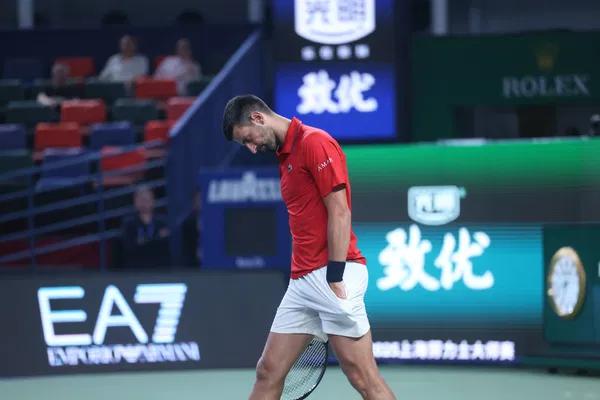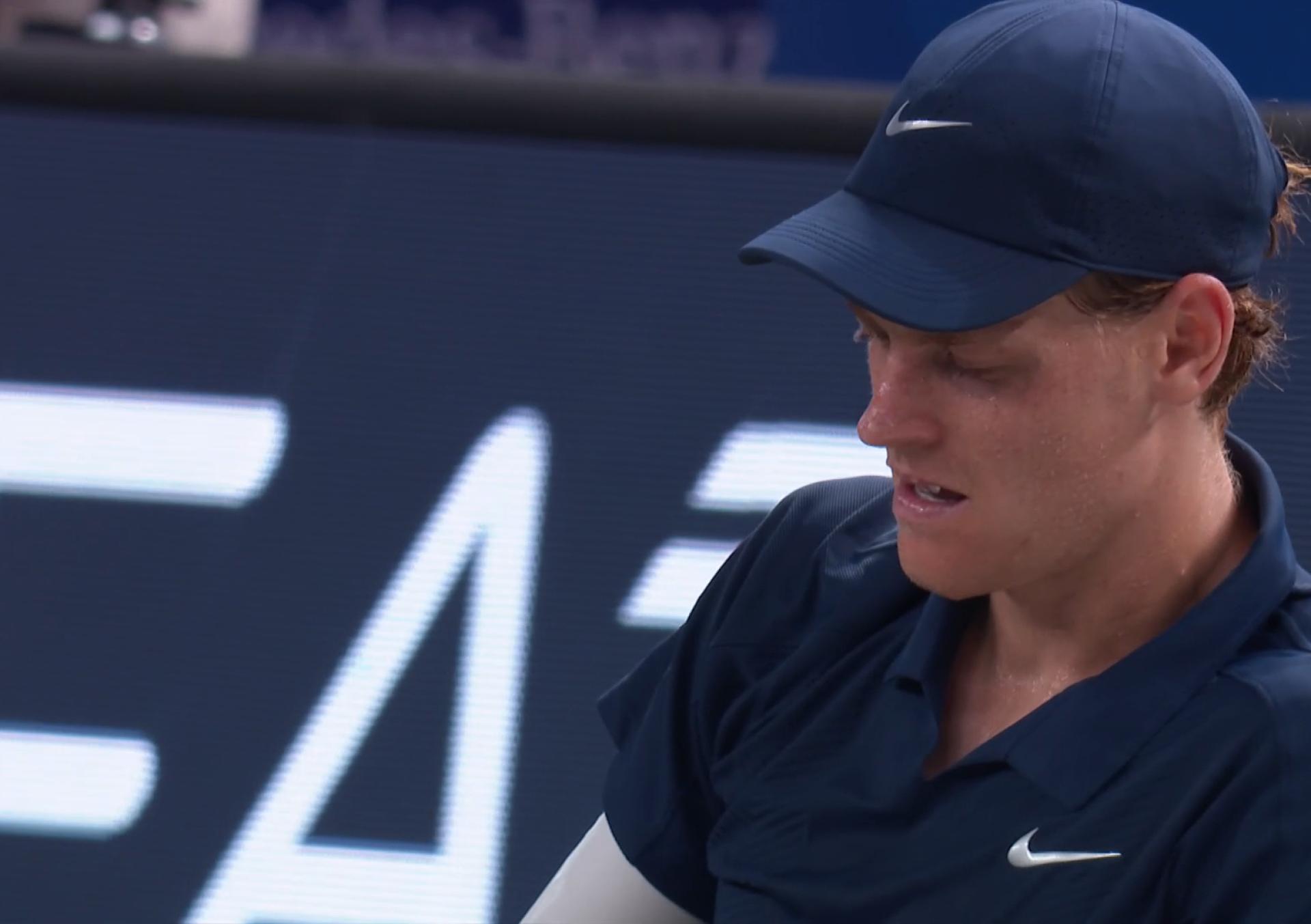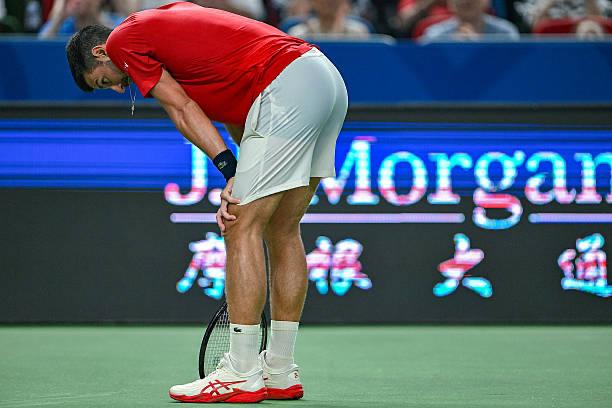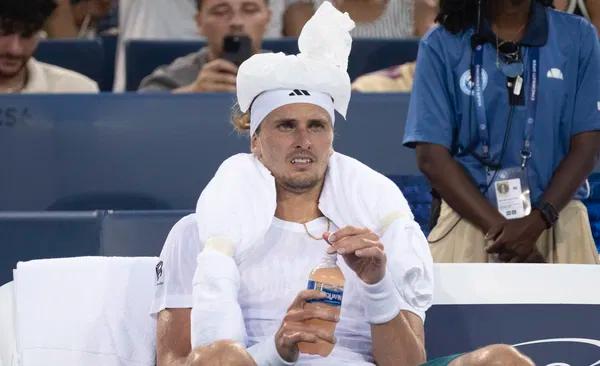Multiple players withdrew due to Shanghai's extreme heat, prompting the ATP to respond officially for the first time!
Despite reaching the last 16, the Shanghai Masters has been thrown into turmoil by an unprecedented “withdrawal wave.” Players such as Alcaraz, Draper, and Tsitsipas announced their pullouts before the event started, and eight top-20 seeds, including world No. 2 and defending champion Sinner, quit during matches. Even Djokovic suffered physical distress, vomiting twice on court; Sinner’s severe cramping highlighted the brutal hot and humid conditions. Following this spate of retirements, the ATP finally addressed the extreme weather during the Asian swing.

In an email statement to Reuters, the ATP said: “Meanwhile, the ATP medical team implements multiple measures under extreme heat to protect players’ health during matches.” However, the ATP emphasized that further reforms are under consideration. “This matter is actively under review, and we are consulting players, tournaments, and medical experts to evaluate additional steps, including establishing an official heat policy.” The statement added, “Player safety remains ATP’s top priority.”
Since Lindgren collapsed from heat in Cincinnati last August, calls for a formal “heat policy” have grown louder. Currently, ATP rules leave decisions on suspending play due to adverse weather (including heat) to on-site ATP supervisors in consultation with medical teams and local authorities.

However, this system revealed its shortcomings under the intense heat of the Asian season. During a medical timeout, Rune angrily asked the chair umpire, “Do you want players to die on the court?” highlighting the severity of the situation. Other players who withdrew due to injury or physical issues include Ruud, Makhachev, Goffin, Altmaier, Majchrzak, and Wu Yibing, underscoring the seriousness of the problem.
Although Shanghai’s average high temperature is around 33°C, what truly torments players is the humidity. From September to October, humidity often reaches 75% to 80%, making fast court movement even more taxing. Djokovic accurately described the agony: “All players compete under the same conditions, but it’s really brutal. Playing for several days straight in over 80% humidity, especially under the midday sun, makes the heat almost unbearable.”

While the ATP has begun reviewing and considering reforms, increasing demands are also being made of the WTA. Female players face the same extreme heat and humidity, enduring equally tough conditions. The Asian swing not only tests players’ physical limits but also exposes flaws in tennis governance. With player safety at risk, both the ATP and WTA must urgently develop structured, mandatory heat policies to prevent further harm to athletes.
During the Beijing Open, Swiatek advanced to the round of 16, but her victory was overshadowed when her third-round opponent Osorio retired due to injury after a medical timeout. Swiatek expressed sympathy: “I really feel sorry for Camila; she gave it her all.” Swiatek noted that Osorio had been struggling with injury since the start of the match.

When asked about top players like Alcaraz showing fatigue late in the season, Swiatek candidly replied: “The season is indeed long, and by the latter half, everyone is more tired. The Asian swing is the toughest because you can see the season’s end, but you still have to keep going.”
Meanwhile, the Wuhan Open also faced medical disruptions. Andreescu requested a medical timeout before serving at 5-6 against Zakharova, who had also received treatment earlier; Siniakova retired while trailing 0-3 against Wang Yafan due to physical discomfort. These incidents are not isolated but part of a worrying trend.

The sweltering heat, frequent long-haul flights, and packed schedule are pushing players to their limits, forcing them to battle not only opponents but also their own bodies. With scheduling conflicts and extreme weather combining, the Asian swing has become a test of endurance rather than just skill. The ATP has taken the lead in pushing reforms, and the WTA is expected to follow suit.(Source: Tennis Home, Author: Spark)







 Links
Links
 Contact
Contact
 App
App


